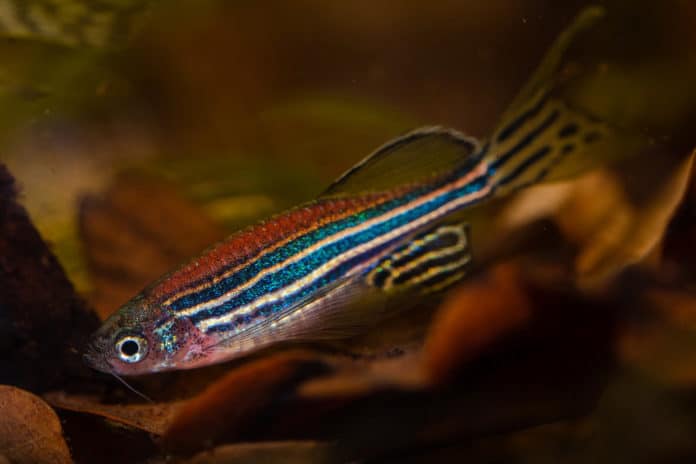Making optimal decisions according to the current sensory input is essential for animals. These predictions help them escape to safety.
Sometimes, predictions do not match with reality due to prediction errors. Such prediction errors let us know that our expectations were off. Internal models of the environment form these expectations.
Like humans, zebrafishes have such models in their brains. Scientists from the RIKEN Center for Brain Science (CBS) and collaborators in Japan have discovered particular brain neurons that monitor whether fish’ predictions come true.
These neurons generate a hazard map in the brain that allows efficient risk avoidance and escape to safety.
Scientists monitored prediction-error-associated brain activity in real-time as zebrafish learned to avoid danger in their tank. They found that the fish tried to keep the prediction error low to avoid danger efficiently. Because risk avoidance is an evolutionarily conserved behavior, these results shed light on essential brain circuits shared across all vertebrates, including humans.
Due to the transparency and small size of zebrafish, it was easy for scientists to record the activity of the whole brain.
For the experiment, scientists used a new virtual-reality-outfitted aquarium for brain imaging of zebrafish as the fish learn and navigate through virtual reality cues. In the experiment, the fish saw a choice between red or blue virtual reality zones as they virtually swam and learned to associate the colors of the virtual zones with danger or safety.
As zebrafish learned to avoid danger in virtual reality, the time-lapse change in their brain activity was recorded, leading to the discovery of neurons representing the prediction error.
Distinct active neurons emerged as fish learned that choosing the virtual route through blue surroundings led to danger, and selecting the red route meant safety. When red became dangerous instead of blue, these neurons were found to be inactivated.
This indicated that the neurons were likely coding a behavioral rule, not simply the color that the fish were seeing.
In another change to the virtual reality space, the scenery was altered so that it did not change based on the tail movements of the fish. For example, trying to swim forwards by flipping the tail did not make the view recede as expected. These manipulations revealed a group of neurons activated only when actions the fish thought would allow them to reach safety did not have the expected result.
Lead author Makio Torigoe said, “We think this population of neurons is encoding a prediction error in the brain, comparing the actual view of their surroundings with the predicted view that they have learned would get them to safety if they behaved in a certain way.”
Journal Reference:
- Zebrafish capable of generating future state prediction error show improved active avoidance behavior in virtual reality, Nature Communications (2021). DOI: 10.1038/s41467-021-26010-7
